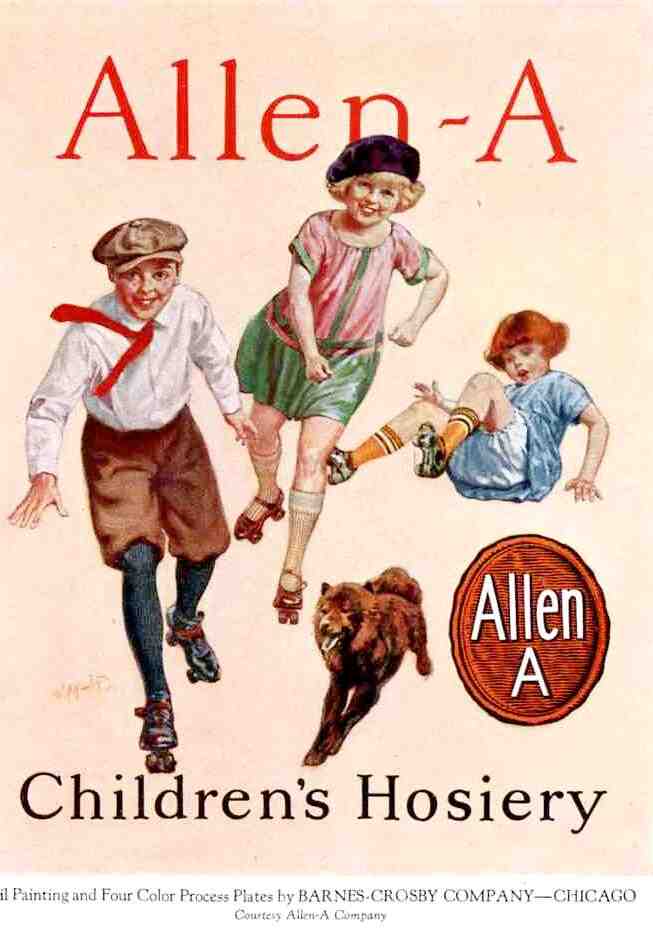
Figure 1.--This magazine advertisement for Allen-A hosiery appeared in the 1920s, but I am not sure in which magazine and precisely what year. |

|
American mail order catalogs help to illustrate destinctive Americam clothing styles and changes over time in those styles. The available catalogs and advertisements provide a great deal of useful information both on garment details and chronological trends. At this time we have added most of the infirmastion to the chronology secrion, but we will eventully cross index the chronological entries in the garment section.
American mail order catalogs offer a great deal of information on specific clothing styles and garments worn over time. We are at this early stage of developing oyr catalog archive focusing primarily on the chronological pages. We will eventually list these pages in both sections. We have some catalog pages without dates which we are initially archiving here.
American mail order catalogs offer a very useful time line on changing fashion trends. I am not sure precisely when mail order catalogs first appeared in America. HBC has begun collect mail order pages. We currently have pages going back to the 1890s. The catalogs begab even earlier and we eventually hope to add some of the earlier pages. These catalog pages cover a wide range of clothing including dresses, kilts, romers, shorts, pants, suits, sailor and Fauntleroy suits, hosiery, hose supporters, shoes, caps, hats, and much more. They provide detail on contemporary fashions as well as details on populr styling, colors, materials, and ages of the children which wore them. Withut these catalog, who would have known that some Amrican bos in 1902, for exmple, wore pink sailor suits.
We have attempted to include page numbers when availble to assist readers who want to persue the study of these catalogs in greater detail. Here we have encountered a problem. We have relied primarily on readers for the images and information about these catalogs. This has caused a problem in that readers have reported page numbers that do not always agree. Here we assumed that some readers may have reported eronious page numbers. A reader, however, tells us, "Not to worry too much about different page numbers. I've run across this problem before. I think the explanation is that page layout could differ somewhat in the same catalog distributed to different parts of the country. For instance, I once consulted the same Sears catalog in Boston and in Dallas and found small differences in pagination although almost everything else was
the same. Sometime the pages were bound in a different order."
HBC has attempted to include price data in our catalog section so that readers can assess the actual cost of clothing in different eras. Professor S. Morgan Friedman has prepared an very useful inflation calculator to help make such calculations. A form adjusts any given amount of money for inflation, according to the Consumer Price Index, from 1800 to 2001.
One question that needs to be addressed is how accurate the catalg and advertising items are. We believe that generally speaking these items are accurate. This is because they were actually offering items for sales. That means that in writing the ads they had an item in front of them. This is especially true for the ad copy, but probably aslso true for the illustrations as well. They had to be accurate or customers would complain and or return items. What we are less sure about is the items in the illustrations other than the sales item. Here we have found inaccuracies. Another factor that needs to be consideration is the utility of the information in the ads. Just because an ad ppeared in a given year does nor mean it was widely worn. All publications and catalogs had a target aufdience and this was not always the average consumer.
Reshechers can use HBC to research the chronology of boys' clothing. We have archived hundreds of catalog, pattern, magazine, and newspaper items daing back to the 19th century. As much as possible we have typed out the ad copy so the pages are searchable. Our archive is, however, selective. We have archived items that have images because the images provide a great deal of information in their own right. There are, however, much larger data bases which have been digitalized and available to researchers. Two that we use are: 1) 'newspaperarchive.com' and 2) American Historical Newspapers. The first one is not limited by dates and goes up to the present, but you have to subscribe. The second one is a Library of Congress service, but only goes up as far as 1922. Both databases cover thousands of American newspapers back through the early 19th century, providing PDF images of whole pages. Of course clothing and fashions are just two of the myriad of subjects that can be searched.
Navigate the Boys' Historical Clothing catalog/magazine pages:
[Return to the Main American page]
[Return to the Main country mail order page]
[Main photo/publishing page]
[Store catalogs]
[Fashion magazines]
Navigate the Boys' Historical Clothing Web Site:
[Introduction]
[Activities]
[Biographies]
[Chronology]
[Clothing styles]
[Countries]
[Bibliographies]
[Contributions]
[Essays]
[FAQs]
[Glossaries]
[Images]
[Links]
[Registration]
[Tools]
[Boys' Clothing Home]
Navigate the Boys' Historical Clothing Web Site:
[Sailor suits]
[Sailor hats]
[Buster Brown suits]
[Eton suits]
[Rompers]
[Tunics]
[Smocks]
[Pinafores]
